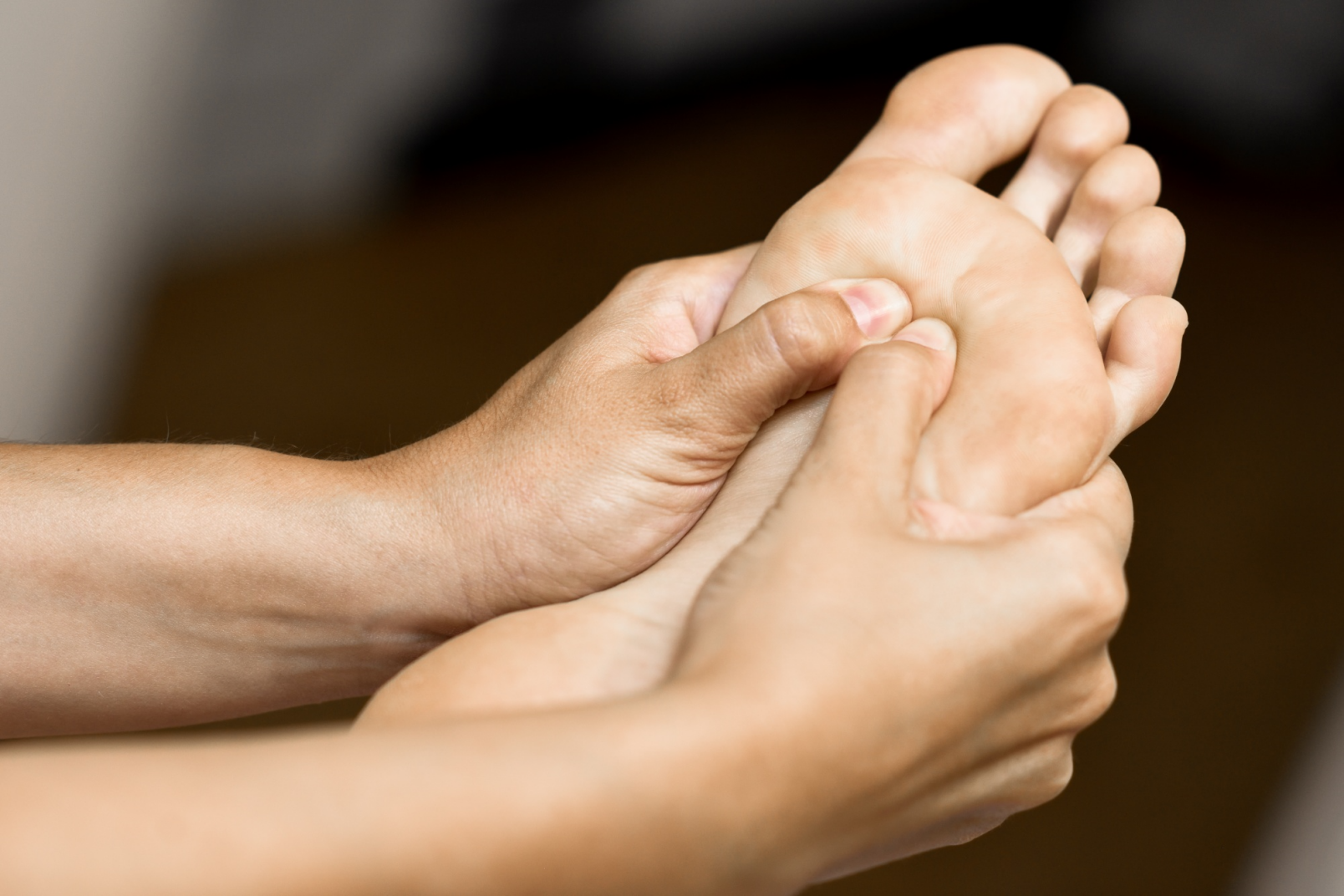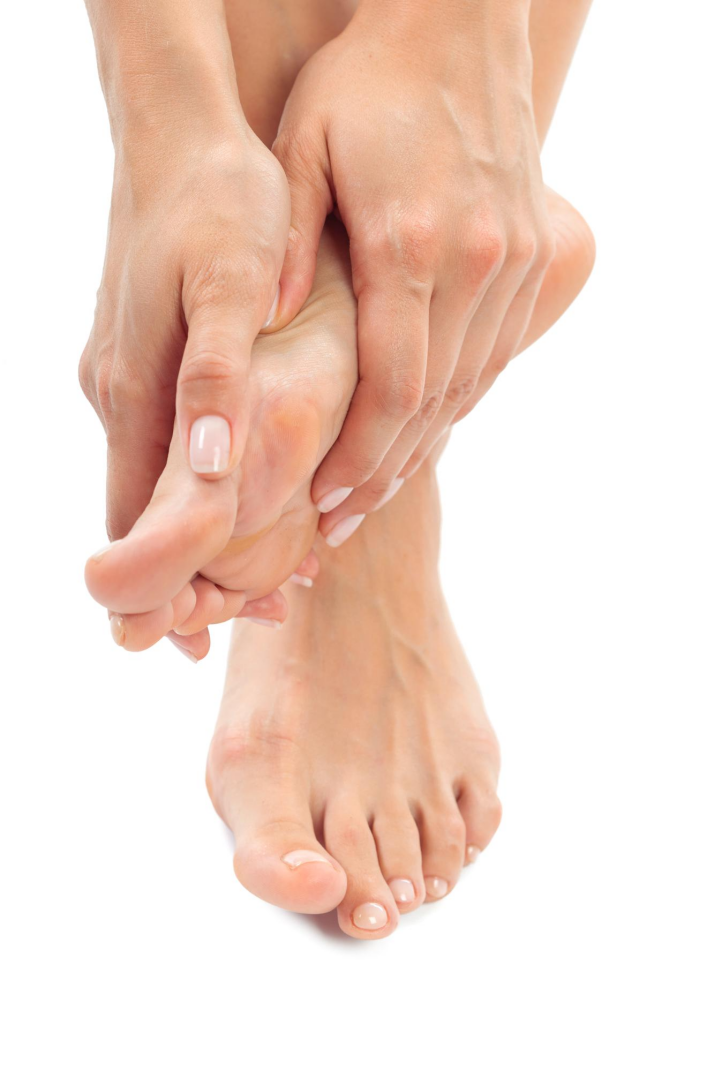
For patients living with diabetes, foot healthis more than just comfort — it can be a matter of serious medical importance.Diabetes affects circulation, nerve function, and the body’s ability to heal.These changes make the feet particularly vulnerable to complications such asulcers, infections, and in severe cases, even amputations. The encouraging newsis that most diabetic foot problems are preventable with the right knowledgeand consistent care. By understanding the risks and taking proactive steps,patients can protect their feet and maintain mobility for years to come.
Diabetes can damage both the nerves andblood vessels in the body. When nerves in the feet are affected — a conditionknown as peripheral neuropathy — patients may lose sensation. This means ablister, cut, or ingrown nail that would normally cause pain might gounnoticed. At the same time, reduced circulation to the feet slows downhealing. A minor wound that would heal in days for someone without diabetes maylinger for weeks or months in a diabetic patient.
The combination of numbness and poorhealing creates a dangerous cycle. Small, unnoticed injuries can become opensores. Those sores are slow to heal and prone to infection. In advanced cases,infections can spread to bone, requiring hospitalization or surgery.
Some of the most frequent issuespodiatrists see in diabetic patients include calluses, corns, ingrown toenails,fungal infections, dry skin cracks, and blisters. While these may seem minor,in the diabetic foot they carry a much higher risk. For example, a callus canmask a developing ulcer beneath it. An ingrown toenail can lead to infectionand swelling.
Ulcers are perhaps the most concerningcomplication. They usually form on the ball of the foot or heel, areas thatbear the most pressure. Ulcers often start small but can quickly worsen ifuntreated. If infection sets in and blood supply is poor, amputation sometimesbecomes the only option. This is why prevention is always better than reactionwhen it comes to diabetic feet.
Daily self-care is the cornerstone ofdiabetic foot prevention. Patients should inspect their feet every single day,checking for cuts, redness, swelling, blisters, or changes in skin color. Usinga mirror or asking a family member for help can ensure the bottoms of the feetare not overlooked. Washing feet daily with lukewarm water, thoroughly dryingthem — especially between the toes — and applying moisturizinglotion to prevent cracks are also essential.
Equally important is proper nail care.Toenails should be trimmed straight across to avoid ingrown nails, but ifvision, flexibility, or sensation is impaired, it is safer to let a podiatristhandle routine nail trimming. Shoes and socks should be checked before putting them on to ensure no pebbles or seams couldirritate the skin.
Footwear plays a major role in preventingcomplications. Patients with diabetes should avoid tight, high-heeled, ornarrow shoes that increase pressure points. Instead, they should select shoeswith wide toe boxes, cushioned soles, and breathable material. For high-riskpatients, custom diabetic shoes and inserts may be prescribed. Theseredistribute pressure, reduce friction, and significantly lower the risk ofulcer formation.
Socks are also important. Seamless,moisture-wicking socks can prevent blisters and fungal infections. Patientsshould avoid walking barefoot, even indoors, as one unnoticed step on a sharp objectcan cause a wound that becomes a serious problem.
Patients with diabetes should see apodiatrist - Dr. Kamelat least once a year for a comprehensive foot exam, even if no issues arepresent. Those with neuropathy, poor circulation, or a history of ulcers mayneed visits every few months. Warning signs that require immediate attentioninclude swelling, drainage in socks, foul odor, black or blue skindiscoloration, and non-healing wounds. Early treatment often preventshospitalization and major surgery.

When foot problems do occur, podiatristshave many tools to help. Calluses and thickened nails can be trimmed safely inthe office. Ulcers are treated with specialized dressings, offloading boots orcasts to remove pressure, and in some cases, advanced therapies such asbioengineered skin grafts or negative pressure wound therapy.
Infections may require oral or IVantibiotics. Poor circulation can sometimes be improved with vascular proceduresto restore blood flow. For severe deformities or chronic instability, surgicalcorrection may be necessary to reduce pressure points and prevent recurrentwounds.
The statistics about diabetic footcomplications are sobering. According to the American Diabetes Association,foot ulcers precede 85% of diabetes-related amputations. However, studies alsoshow that with proper care, up to 80% of these amputations are preventable.Preventive strategies include blood sugar control, smoking cessation, weightmanagement, and regular foot exams.
Beyond the physical consequences,amputations drastically reduce quality of life, mobility, and independence.That is why prevention is not just medical advice — it is a crucial lifelinefor patients with diabetes.
A common misconception is that if feetdon’t hurt, they must be healthy. Unfortunately, neuropathy often removes painas a warning sign, so absence of discomfort doesn’t equal absence of problems.Another myth is that regular pedicures are safe for diabetic patients. In fact,pedicures can sometimes introduce infection or result in unnoticed cuts. Footcare for diabetic patients is safest in the hands of trained medicalprofessionals.
Diabetes changes the way patients mustthink about foot health. Small injuries that most people would ignore canbecome serious threats without proper care. The good news is that withconsistent daily habits, protective footwear, and regular medical checkups, themajority of diabetic foot complications can be prevented. Prevention trulymatters — not only to preserve mobility but also to safeguard independence andquality of life.